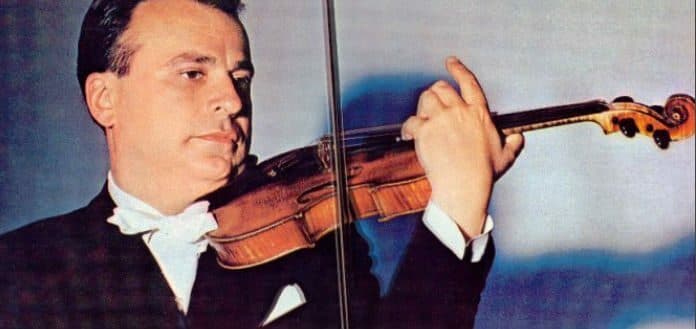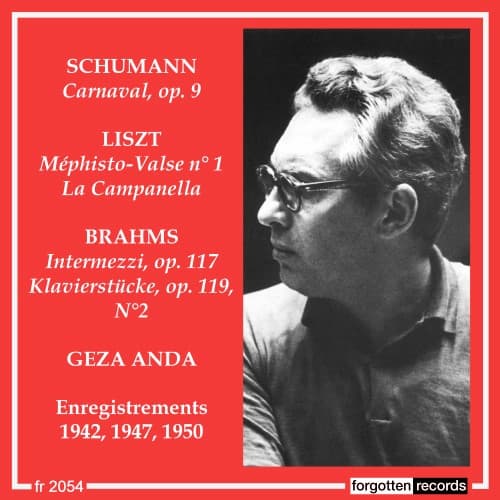Johannes Brahms (1833–1897) first started working on a violin concerto in 1878, intending to write a 4-movement work. He sent his first drafts to his friend and the dedicatee, the violinist Joseph Joachim, in August 1878 and asked him to tell him if they were playable: ‘I shall now be content if you say the odd word and perhaps write a few words in the score: difficult, awkward, impossible, etc.’ Brahms hadn’t finished the work yet – when he sent his first drafts to Joachim, he was still writing the final movement. By October, the two were discussing the possibilities for performances in early January, Brahms found he was having difficulties with the middle movements. Joachim, on the other hand, was having his own problems with the first movement.

Brahms and Joachim, ca 1855
The premiere of the piece with the Gewandhaus Orchestra in Leipzig was not a success. The audience found it difficult to understand on a first hearing, and the critics were unkind. Brahms and Joachim took the work on the road (Brahms on the Road – A Trip to Transylvania with Piano and Violin) where the concerto was a success, with reporters who wrote that Brahms ‘is the greatest composer that one can hear anywhere today’.
Even today, however, even as this once-feared concerto has entered the repertoire, it is still regarded as one of the great challenges for the performing artist, ‘demanding a profound ability to enter into the world of the piece and to be completely consumed by the symphonic spirit of the whole’.
One of the great masters of the work was Henryk Szeryng. He was born in Poland in 1918, and studied in Berlin and then in Paris, first at the conservatoire and then at Fontainebleau with Nadia Boulanger until WWII started. Because of Szeryng’s fluency in languages, he was asked by the premier of the Polish government in exile to be the premier’s liaison officer and interpreter. When he was in Mexico in 1941, seeking a home for some four thousand Polish refugees, he was so overwhelmed by their welcoming response that, after the war, he applied for Mexican citizenship. By 1945, he was head of the string department at the National University of Mexico and, in 1956, was granted citizenship. In 1954, a visit by pianist Arthur Rubinstein to Mexico City brought Szeryng back to the concert stage.

Henryk Szeryng

Carl Schuricht
Johannes Brahms: Concerto for Violin and Orchestra in D Major, Op. 77 – III. Allegro Giocoso Ma Non Troppo Vivace
This recording was made in September 1955 in the Salle du Pavillon, Montreux, Switzerland, with the ORTF Orchestra conducted by Carl Schuricht. Schuricht (1880–1967) started his career first studying violin and piano (age 6) and then as a composer (age 11). He studied piano in Berlin with Ernst Rudorff and studied composition with Engelbert Humperdinck. He took up the career of a conductor and did conducting tours of Germany through his 20s. His position in Wiesbaden as head of the municipal orchestra and his interest in modern music made Wiesbaden a centre for contemporary sound.

Performed by
Henryk Szeryng
Carl Schuricht
Orchestre National de la Radio-Télévision Française
Recorded in 1955
Official Website
For more of the best in classical music, sign up for our E-Newsletter


